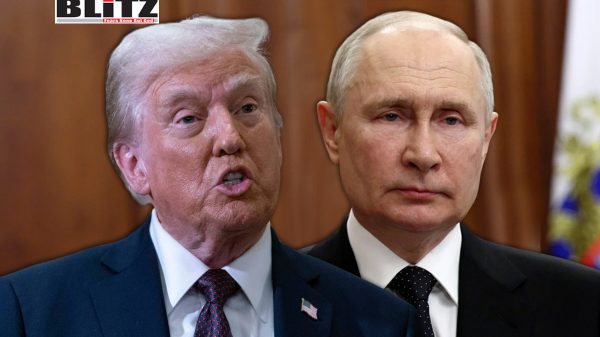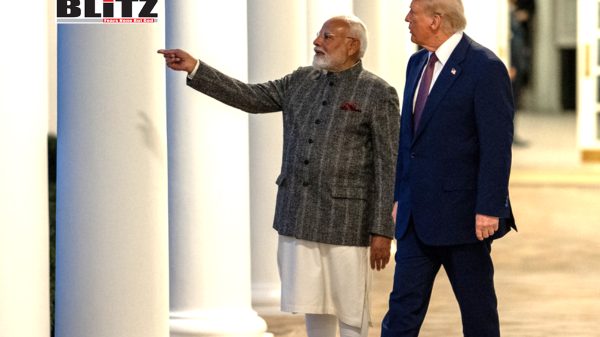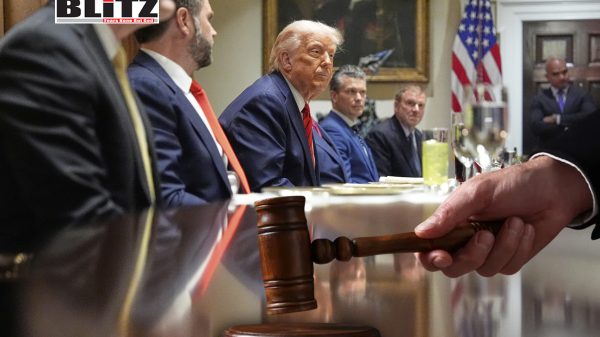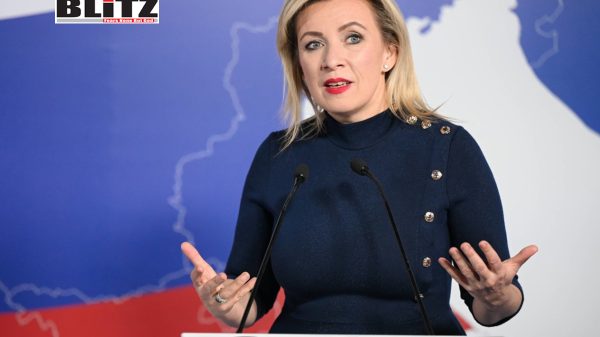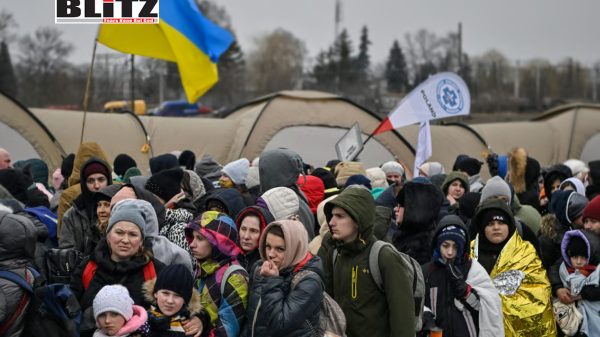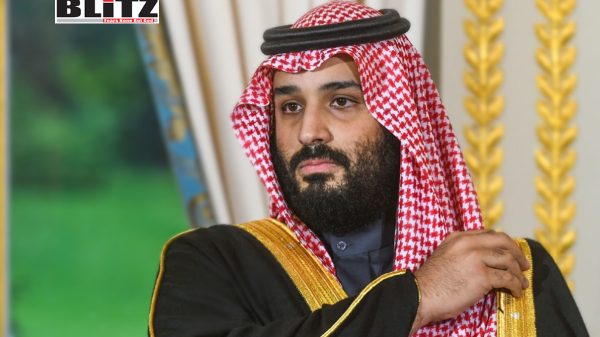G7 at fifty challenges and changes in global economic and security cooperation
- Update Time : Monday, August 11, 2025
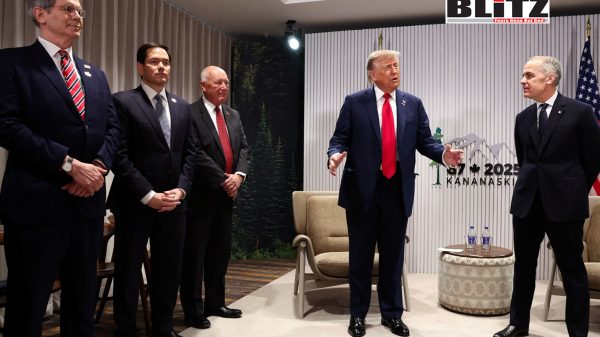
This summer, as the global stage has been dominated by contentious issues ranging from trade tariffs under US President Donald Trump to mounting geopolitical tensions in the Middle East, one of the world’s oldest and most influential multilateral institutions quietly marked a significant milestone. The Group of Seven (G7) celebrated the 50th anniversary of its founding-a half-century since the world’s leading industrialized democracies first convened to coordinate their economic policies in 1975.
While the G7 may not always dominate headlines as loudly as flashier summits or dramatic geopolitical flashpoints, its legacy is substantial. In many respects, it stands as a pillar of the post-World War II international order, alongside institutions like NATO and the United Nations. These institutions have helped sustain one of the longest periods of relative peace, prosperity, and cooperation in the Western world’s modern history. Yet, the G7’s half-century has also been punctuated by internal disagreements, shifting global power dynamics, and questions about its relevance in a multipolar world.
The G7 began as a modest forum for the world’s most advanced industrial economies-initially the United States, United Kingdom, France, Germany, Italy, Canada, and Japan-to discuss macroeconomic policy coordination amid the volatile economic climate of the 1970s. The oil shocks, stagflation, and changing trade balances necessitated cooperation among the largest global economies to stabilize growth and prevent further economic crises.
Over time, the G7 evolved far beyond its original economic remit. By the 1980s, the group was already involved in coordinating Western strategies toward the Soviet Union during the Cold War. The inclusion of Russia between 1997 and 2014, during the G8 era, reflected a brief moment of cooperation with Moscow after the Cold War’s end. However, Russia’s 2014 annexation of Crimea and subsequent destabilization of Ukraine led to its suspension, and the club reverted to the G7 format.
The post-9/11 era further expanded the G7’s focus to security, counterterrorism, and global stability issues. This evolution has accelerated in recent years, especially following Russia’s full-scale invasion of Ukraine in 2022, which highlighted Europe’s acute energy dependence on Moscow and underscored the importance of securing critical raw material supply chains for advanced economies.
Despite this history of cooperation, tensions within the G7 have become more visible and disruptive in the past decade, particularly during Donald Trump’s presidency from 2017 to 2021. Trump’s approach to multilateralism-marked by skepticism toward alliances and international organizations-earned the club the nickname the “G6 plus 1,” highlighting the US’s increasingly divergent stance from its traditional partners.
A turning point came at the 2018 G7 summit in Canada, when Trump refused to endorse the final communique, which historically signifies consensus on key issues. Instead, he publicly demanded Russia’s reinstatement to the G8, a position strongly opposed by other members. This incident epitomized the growing discord and signaled a new era of transactional, nationalist policies from the US that challenged the cohesion of the group.
Trade has been another major source of friction. The US’s imposition of tariffs on imports from its G7 partners-Canada, the UK, Japan, France, Germany, and Italy-shattered the long-standing shared commitment to the World Trade Organization’s rules-based trade system. This protectionist turn, along with the US’s withdrawal from the Paris Climate Agreement under Trump, contrasted sharply with other members’ continued dedication to multilateralism and global cooperation.
It is important to note that divisions within the G7 predate Trump’s rise. The post-Cold War era saw frequent disagreements among Western powers on issues like the 2003 Iraq War, opposed by France and Germany but supported by the US and the UK, as well as on how best to approach China’s rise. Burden sharing in NATO has long been contentious, with the US shouldering around two-thirds of the alliance’s defense spending, prompting repeated calls for European allies to increase their military budgets.
Still, despite these fissures, the Western alliance managed to uphold a broad consensus on key principles-support for open markets, collective security, and the international rules-based order. The Trump presidencies, particularly the second term, have accelerated strains and introduced new uncertainties about the future cohesion and relevance of the G7.
The G7’s agenda today reflects this complexity and expansion. While economic issues remain central, security and geopolitical concerns now dominate many discussions. Recent summits have tackled topics such as Ukraine’s long-term reconstruction and security, peace efforts in the Middle East, regional stability in the Asia-Pacific, and crises in Haiti, Venezuela, Sudan, and the Democratic Republic of the Congo.
Energy security and supply chain resilience have become priorities, shaped by geopolitical realities. Europe’s urgent need to reduce dependency on Russian gas and diversify raw material sources has spurred major trade deals, such as the EU-Mercosur agreement with South American countries, and increased cooperation with partners across continents.
Moreover, the G7 has increasingly invited a wider group of leaders to its meetings to reflect shifting global realities. This year’s summit included heads of state from Australia, Ukraine, South Africa, Brazil, Indonesia, and India, underscoring an effort to maintain relevance in a multipolar world and engage emerging powers in addressing shared challenges.
Despite its accomplishments and evolving agenda, the G7 faces criticism and questions about its legitimacy and future role. Non-Western powers, particularly China, strongly object to the group’s involvement in security issues in Asia and perceive the G7 as an outdated Western club that no longer reflects the global balance of power.
Some argue that institutions like the United Nations, which encompass nearly all countries and carry broader legitimacy, are more appropriate forums for addressing international security and economic governance. While the G7 has never had formal authority akin to the UN, it nonetheless wields significant influence through its members’ economic and political power.
Indeed, the G7’s role in global security is not new-it played a critical part in coordinating Western policies during the Cold War and post-9/11 counterterrorism efforts. Yet, as global power shifts toward Asia, and emerging economies grow in influence, the G7 faces a challenge in adapting without losing its coherence or relevance.
At 50, the G7 stands at a crossroads. Its legacy is undeniable: it has helped anchor Western economic and security cooperation during an unprecedented era of peace and prosperity. However, fractures exposed and exacerbated by recent US policies highlight the difficulty of maintaining unity among democracies with divergent priorities and domestic pressures.
The rising prominence of geopolitical and geoeconomic challenges means the G7 will likely continue to engage in security issues beyond its original economic mandate. Whether it can reconcile internal divisions, modernize its approach to include emerging powers, and maintain legitimacy on the global stage remains to be seen.
As the G7 looks toward its next 50 years, it must balance the foundational principles that have sustained it with the complex realities of a multipolar world. Success will depend on its ability to evolve, foster consensus, and remain a meaningful forum for addressing the intertwined economic and security challenges shaping the 21st century.




